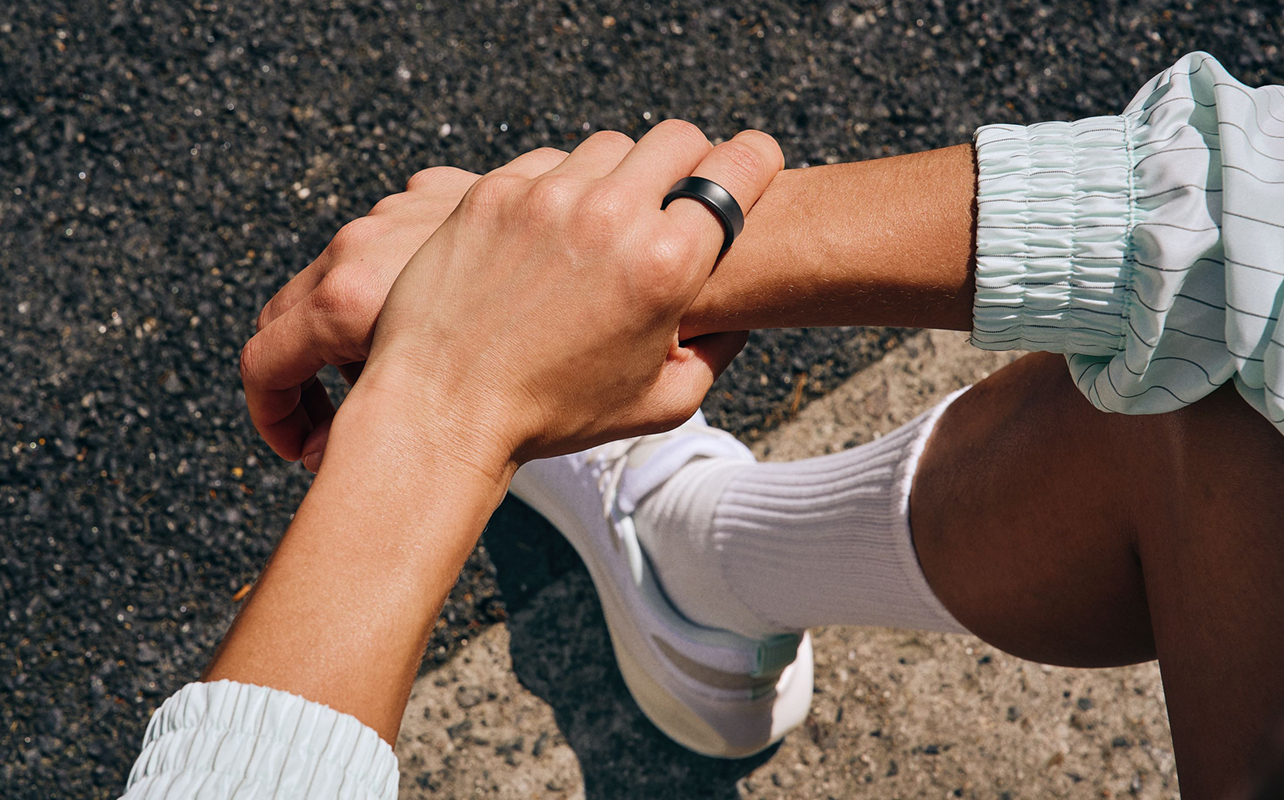
Whether you put on a smart ring, smartwatch or activity tracker, you’re ultimately trying to collect the same type of data. How much are you moving? How well are you sleeping? You want a sense of your daily activity, along with whatever other metrics a wearable device can bring to your attention.
Naturally, accuracy matters because the bigger picture is based on all the various data points. Smart rings gather that information through sensors that peer through blood flow in your finger, whereas smartwatches do it through your wrist. Is one method better than the other? It’s not a simple answer because there are variables involved that set them apart. On top of that, there’s a matter of preference. You might prefer a smart ring to track sleep yet prefer a smartwatch while working out.
Both products try to cover all bases, so that you don’t need to invest in both. Still, this is an interesting comparison given smart rings are growing in sophistication and popularity.
How smart rings compare to smartwatches
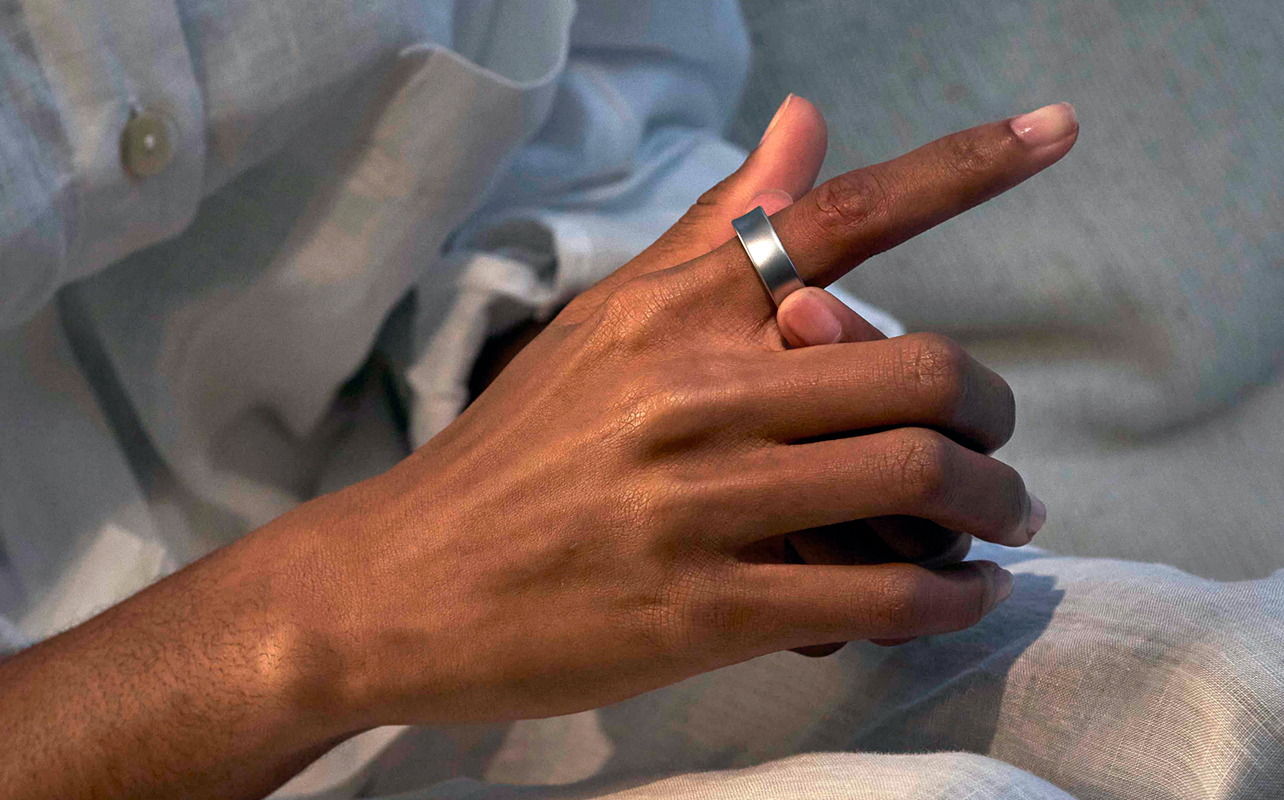
The most obvious difference is fit. A smart ring needs to fit comfortably, which is why it’s best to get sized in advance, either through a sizing kit or at a Best Buy location if the option is available. Even if you know your ring size, it’s still a good idea to try the sizing kit because onboard sensors that stick out of the inner lining may alter how it feels.
Smartwatches are totally different in that you can adjust them with their strap. The only other consideration is the size of the watch’s body itself. Still, smart rings are thicker than your average ring, so they may stand out more on smaller hands.
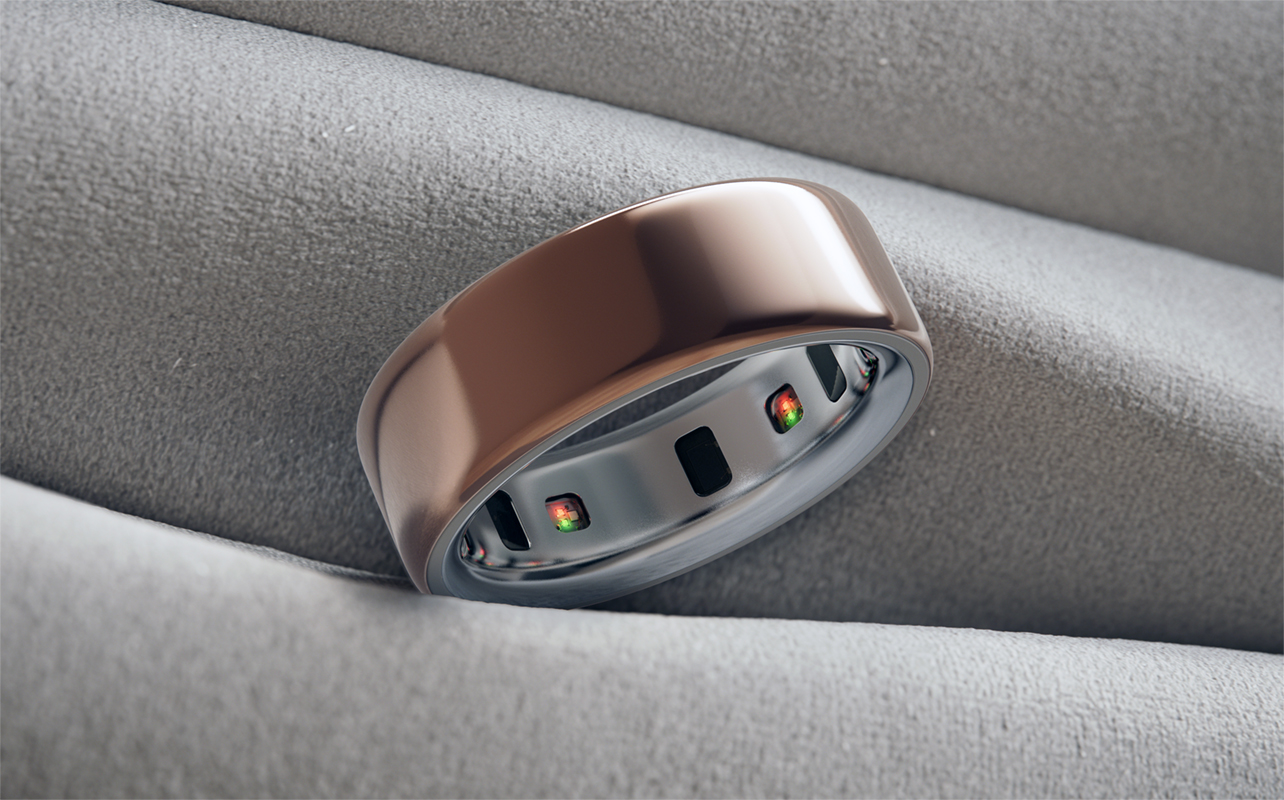
For the most part, the two share the same basic tracking sensors: heart rate monitor, accelerometer, blood oxygen (SpO2) and skin temperature. That means you can expect to know your resting and active heart rate, and by extension, your stress levels over the course of a day. While sleeping, you get blood oxygen and skin temperature readings—along with breathing patterns—to help understand sleep quality.
Smatwatches can take that further simply because they have room for more sensors and bigger batteries. For example, smartwatches can offer built-in GPS to capture location and route data, as well as additional health metrics through features like ECGs (electrocardiograms) and comprehensive body readings.
Advantages of smart rings
Wearables don’t get much smaller than smart rings. If you’re already used to wearing jewelry on your fingers, than a smart ring probably won’t feel cumbersome. That’s important considering the device is supposed to track key metrics all day and night.
While it’s also imperative to place the ring in such a way that the onboard sensors line up with the underside of the finger, a snug fit makes it less likely the ring will slide out of place. And since there’s no screen, you’re not looking at the ring for any feedback. It’s very much a passive device that quietly does its job until you look at the data it collects on the accompanying app.
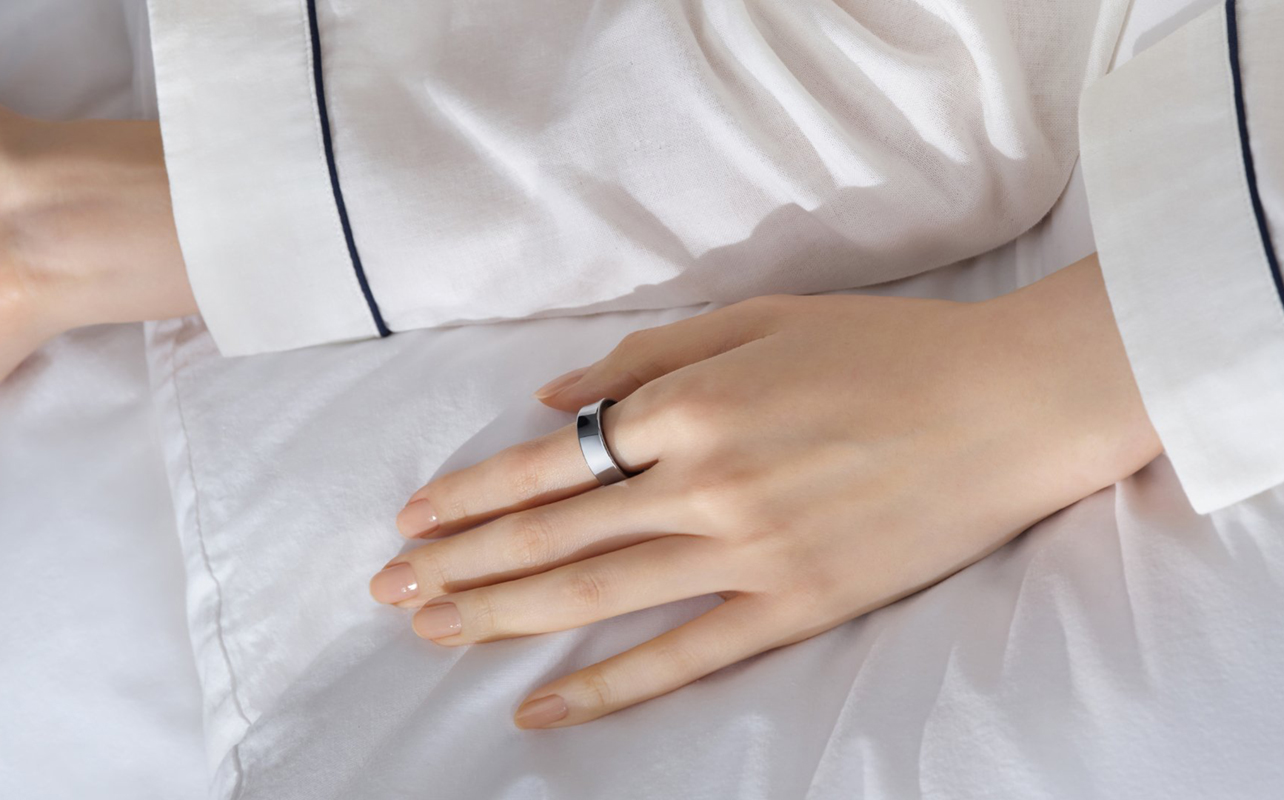
The lack of movement and distraction means a smart ring is ideal to track sleep. With a wealth of blood vessels closer to the surface of the skin, fingers can relay plenty of useful information. From heart rate and respiratory metrics to go with blood oxygen and skin temperature, wearing a smart ring in bed can feel like the most accurate way to gauge sleep patterns.
It’s fitting because you’re also less likely to worry about battery life wearing one. On average, smart rings last for days, putting them more in line with fitness trackers, whereas smartwatches often need nightly charging to keep going. The worst thing is waking up to a dead smartwatch that didn’t track all the metrics you want. It’s less likely with smart ring, though you need to pay more attention to low battery warnings because they’re not as obvious.
Limitations of smart rings

By their very size, smart rings can’t do it all. Hence, there’s more of a health tracking focus than a fitness one. It’s true smart rings track activity and workouts, though accuracy becomes harder to gauge. For example, they’re not going to be as accurate in tracking steps, in large part because they can’t always distinguish actual steps with simple hand movements. They may register steps because of how you moved your hand while standing or sitting down. These false positives can throw off overall activity and fitness data, which is less likely on a smartwatch.
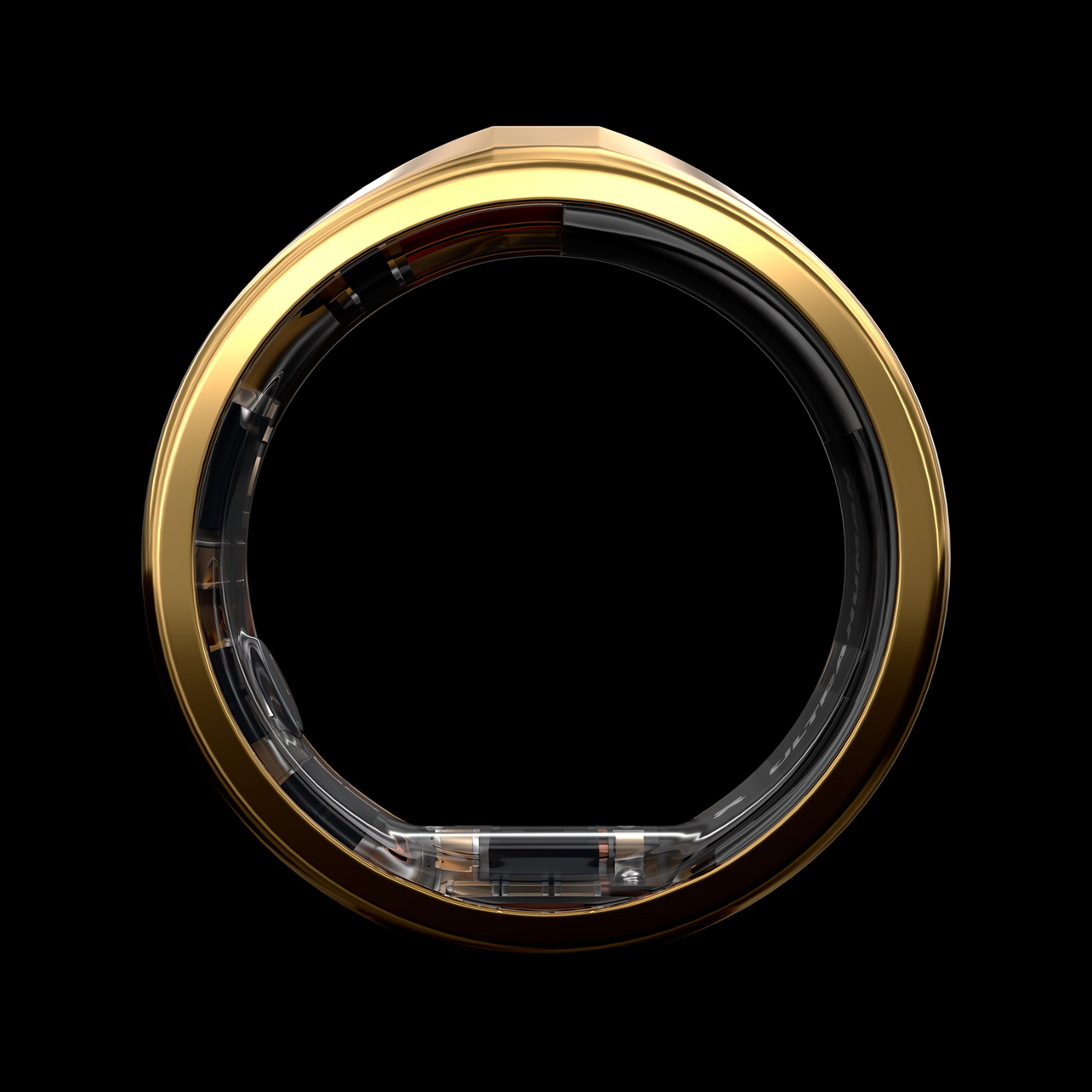
The best smart rings offer automatic exercise tracking; a great feature on any wearable. Not all smartwatches do that, only the difference is a watch has a screen to initiate an exercise manually, which is only possible using a smart ring’s mobile app. You don’t have to bring your phone with you working out wearing a ring, but you’ll need it if you want to include location, route and distance data.
Moreover, there’s a chance you scratch or dent a smart ring working out at the gym. Friction with machines, bars and dumbbells can rub up against it and potentially damage the outer façade. Durability is always a concern with any smart ring. Not to mention they can also slip off your finger despite being waterproof, so any waterborne exercise is risky.
Beyond that, smartwatches take things considerably further as far as integration goes. You can see phone notifications, run apps, talk to a digital assistant and communicate with others wearing one. While haptic feedback on some rings adds a certain level of functionality, smart rings aren’t “smart” in the same exact ways.
How accurate is smart ring tracking?
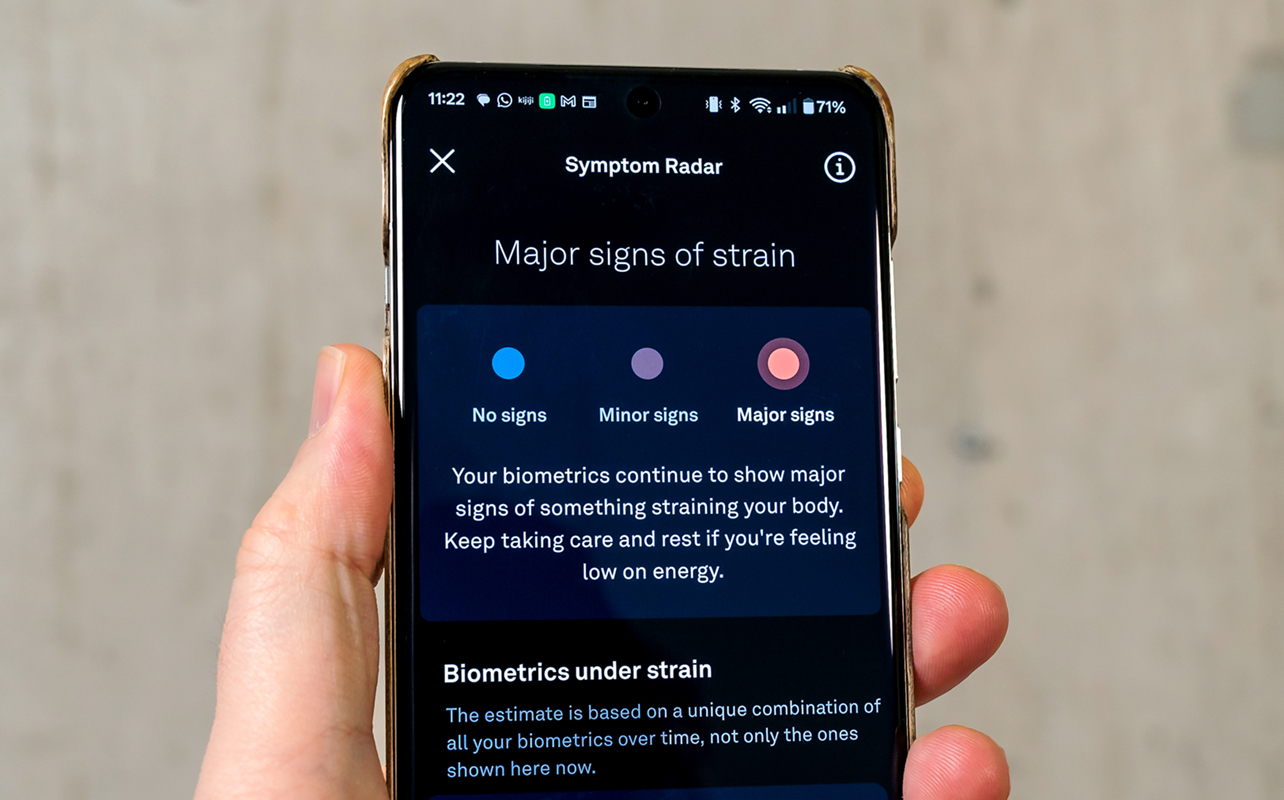
What’s interesting is how quickly smart rings are evolving in what they track and how well they do it. The first smart rings were clunky, chunky and limited in execution. Yet, in a short time, they continue to broaden the scope of their capabilities.
A good example is the Oura Ring 4, easily one of the best in the business right now. Its ability to track a variety of health and fitness metrics is impressive, though it’s also the breadth of insights and context the dedicated app can provide. Symptom Radar is a good example in that it alerts you to minor or major signs you might be straining your body or getting sick. Elevated skin and body temperature offers clues, as do fluctuations in respiratory heart rate, resting heart rate and heart rate variability.
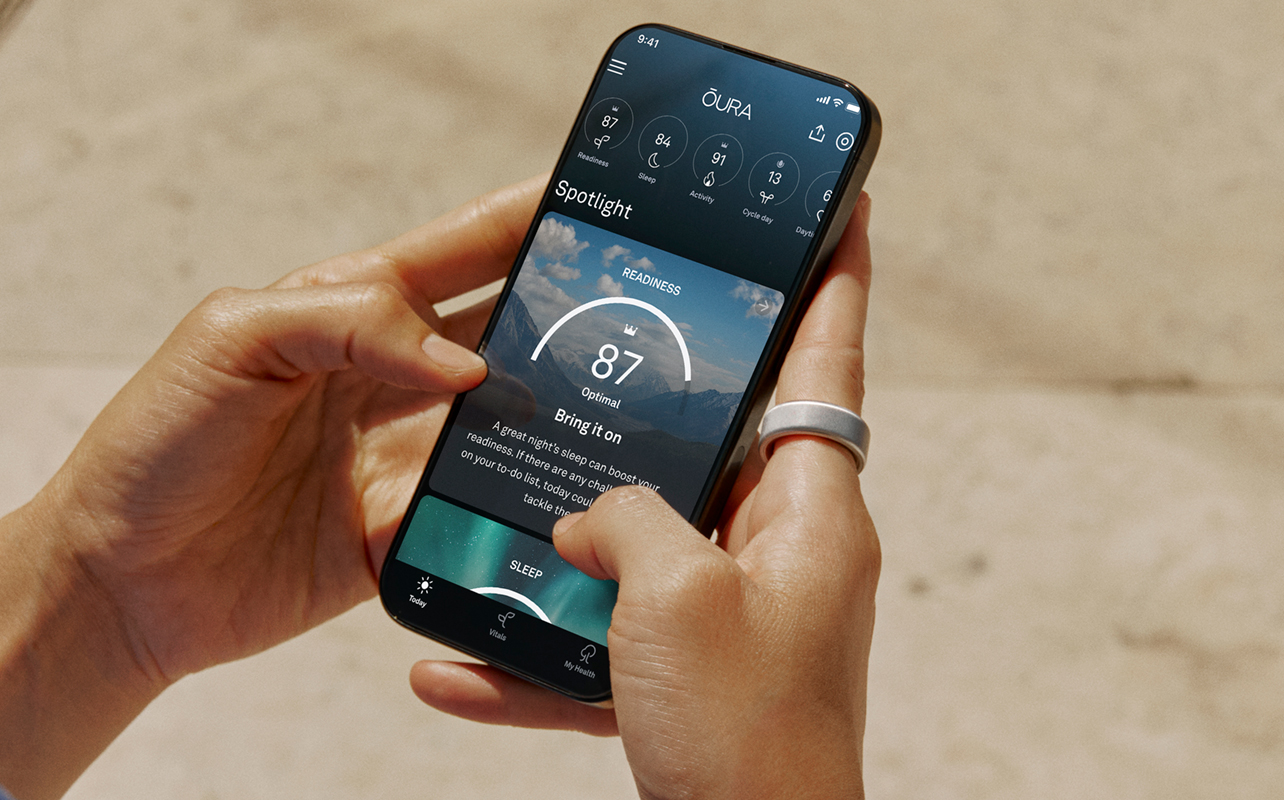
Another example is in how it allows you to measure caffeine intake or share reports (as downloadable PDFs) with your doctor. Oura isn’t alone in pursuing these types of unique features but it sets a tone as a category leader. Gesture controls, like those available with the Samsung Galaxy Ring, are another way to change a smart ring’s interactivity.
The thing about smart rings is their accuracy is a bit of a double-edged sword. On one hand, sleep tracking can be phenomenally on point, yet on the other, you may find basic activity tracking doesn’t line up with what you see on a smartwatch or fitness tracker.
Hence, smart rings tend to prioritize general wellness through metabolic health and energy levels over fitness levels. That provides a nice holistic view of your health, especially through readiness and sleep metrics, though these aren’t things most smartwatches don’t cover as well.
More choices in what to wear
It’s not fair to say a smart ring can replace a smartwatch because that’s not the case. As things stand right now, it would be rare for anyone to feel a ring is enough—unless you’re fine with the omissions. No screen, no notifications, no extra apps. A smart ring keeps it simple while presenting more than a few details you ought to know.
If you really prioritize sleep tracking above all else, a good smart ring can be a great option. If you want to glean as much as you can from a wearable, you could go either way, keeping respective strengths and weaknesses in mind. As for fit and comfort, that’s maybe the most subjective point of all.
There are several good smart rings available, and you can check them all out at Best Buy.





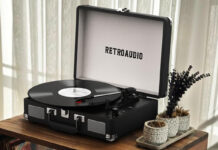
I pay a visit daily some sites and sites to read content, except this webpage presenfs quality based writing.
Comments are closed.